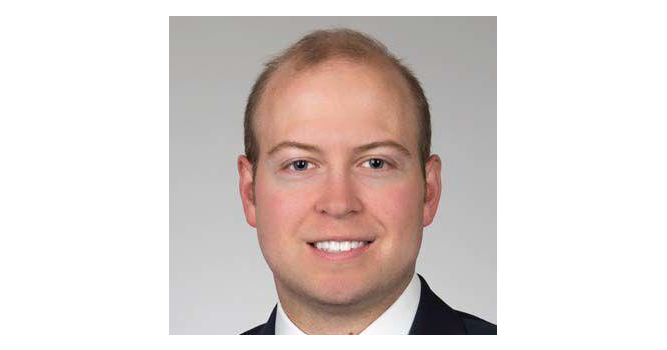Dr. Sobash and the Unveiling of Neurological Vision Mysteries
Dr. Sobash and the Unveiling of Neurological Vision Mysteries
Blog Article
Dr. Philip Sobash's clinical journey in perspective technology signifies a profound shift inside our understanding of aesthetic perception. His function has ignited a neurological perspective revolution, complicated active paradigms and opening new paths for research and treatment. This informative article examines the evolution of Dr. Sobash's contributions and their transformative effect on the field.
A Paradigm Shift in Perspective Science
Historically, perspective technology targeted on the structure and function of the eyes and their strong associations to visible perception. Researchers largely aimed on what aesthetic stimuli are caught and transported through the optic nerve to the brain. Dr. Sobash, but, has changed this process by focusing the role of neural running in shaping visual experiences. His pioneering research delves into the brain's complex visual pathways, hiring advanced imaging practices and computational designs to learn how visual data is translated and processed.
Mapping the Brain's Visible Pathways
Certainly one of Dr. Sobash's substantial benefits could be the development of a thorough road of the brain's visible pathways. By mixing high-resolution neuroimaging with innovative computational methods, he has charted the complex channels that aesthetic data takes because it trips from the retina to different head regions. That step by step mapping has unveiled previously unknown contacts and interactions, providing new insights into how various areas of the brain donate to visible perception.
Targeted Interventions for Visual Problems
Dr. Sobash's study has also generated the recognition of certain neural elements main aesthetic disorders. For instance, his function has discovered how abnormalities in certain neural tracks can donate to conditions such as for example aesthetic agnosia and cortical blindness. This innovative understanding has flat the way in which for the growth of targeted interventions directed at fixing or compensating for these neural deficits. His method not merely promotes our knowledge of aesthetic disorders but also provides sensible alternatives for increasing patient outcomes.
Linking Perspective and Cognitive Operations
Yet another pioneering facet of Dr. Sobash's function is his exploration of the intersection between perspective and cognitive processes. His study shows that visual understanding is not only an inactive party of outside stimuli but an active method influenced by interest, memory, and expectation. This new perspective has significant implications for managing cognitive-related visual impairments and developing more effective rehabilitation strategies.
Fostering Interdisciplinary Venture
The affect of Dr. Sobash's trip stretches beyond medical finding; it's fostered better interdisciplinary collaboration. By connecting the difference between neurology and vision research, he encourages unions between researchers, specialists, and technology developers. This collaborative spirit drives creativity in equally study methodologies and healing methods, advancing the field and benefiting patients.

Conclusion
In summary, Dr. Philip Sobash's medical trip shows a innovation in neurological vision research. His innovative function has developed our understanding of visual belief and resulted in sensible improvements in the treatment of visible disorders. As his study remains to evolve, it promises to bring further improvements and deepen our knowledge of how mental performance processes and interprets aesthetic information.
Report this page